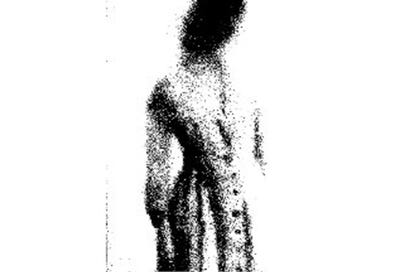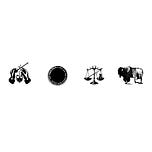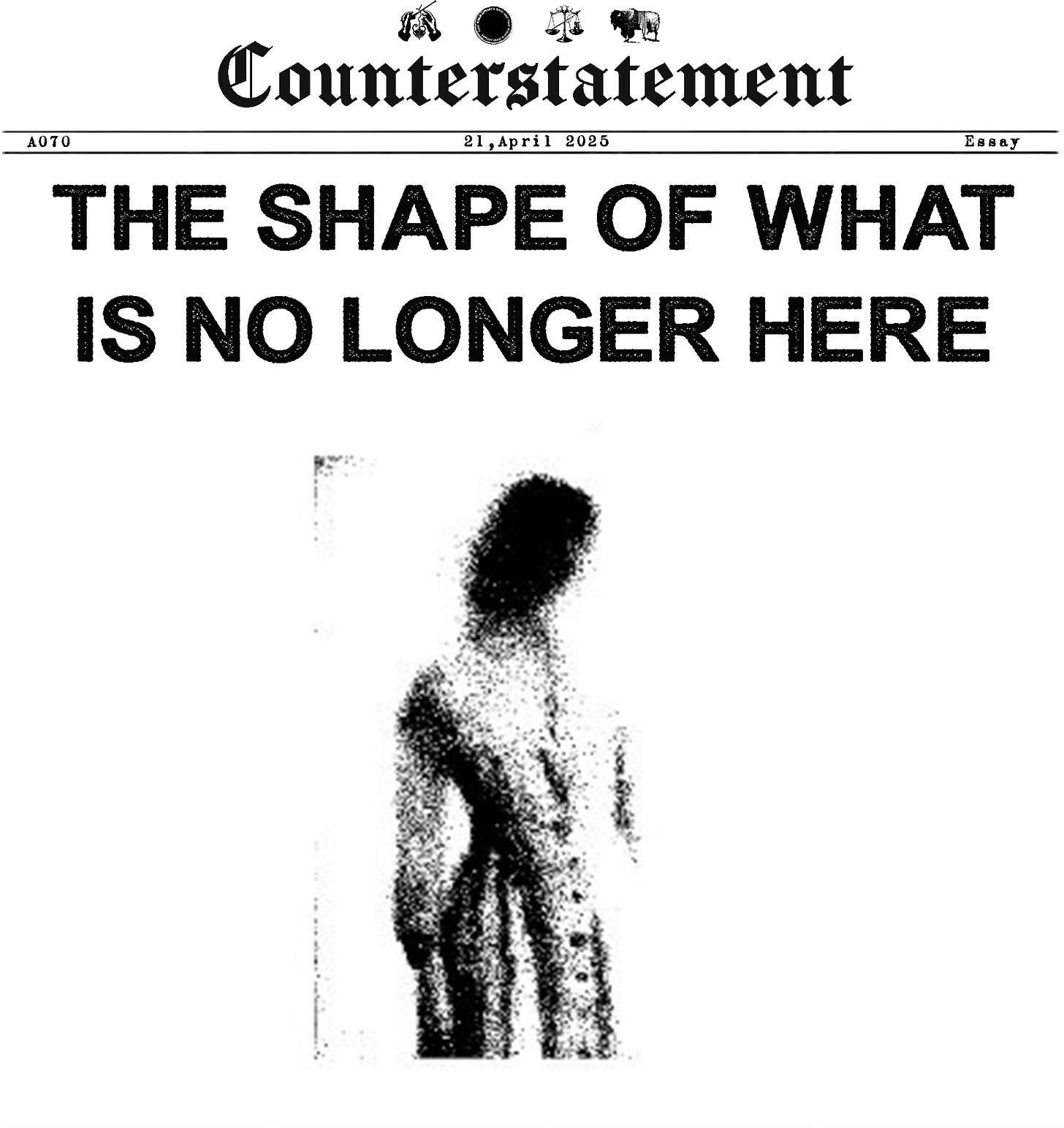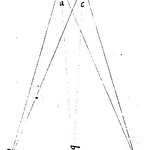The Shape of What Is No Longer Here
How Absence Reveals the Truth About Beauty
There’s a strange phenomenon we’ve all experienced: the way something only feels profound in its absence. This isn’t just true for love. It’s the hidden mechanism of how we perceive beauty.
We rarely grasp the full emotional dimension of a beautiful moment when it’s unfolding. But afterward, when it’s no longer present, something shifts. It hits us harder, sharper, deeper. And that’s not a flaw in our perception, it’s a feature of being human.
Beauty, Like Love, Is Often Most Felt in Its Absence
When we’re in the presence of beauty, be it a person, a moment, a place, we often don’t feel it as deeply as we will later. Why?
Because beauty, when present, is immersive. It envelops us. It’s experiential, not analytical. We’re living inside the moment. We don’t yet have the distance required to fully see it.
But when it’s over, when the light shifts, when the person leaves, when the room empties, when the memory starts to rot at the edges,That’s when beauty strikes like a blade.
The Brain Needs Absence to Build Myth
Psychologically, absence creates the conditions for myth-making. It’s in the empty space where nostalgia, longing, and reflection start to rewrite the moment. Our brains don’t just store memories passively, they tag them emotionally. And often, that emotional weight increases after the moment has passed.
Nostalgia is one of the most powerful beauty-enhancers we possess.
It romanticizes..
It exaggerates..
It turns mundanity into meaning.
A grainy photo of your childhood bedroom feels more beautiful than any luxury hotel.A recording of a lover’s laugh becomes more moving than any orchestral score.A memory of a time when you didn’t realize you were happy becomes the most beautiful moment of your life.
Why?
Because beauty isn’t just visual, it’s temporal. It reveals itself through time, through distance, through loss.
Beauty Is What the Soul Notices When the Body Is Gone
This is why we’re drawn to ruins, relics, ghosts, patina, film grain. We sense the passing of something. It’s the trace, not the object, the silhouette, not the face, the echo, not the sound.
Beauty is the bruise left by a moment that touched you.
It’s the fingerprint of something no longer there, still warm on your chest.
All Beauty Contains a Touch of Grief
The connection between beauty and grief is primal. All great beauty whispers, This will not last. And the soul, knowing this, opens wider.
Absence doesn’t just amplify beauty, it authenticates it.
The Japanese have a word for this, mono no aware, the bittersweet awareness of impermanence. It’s not the cherry blossom that’s beautiful, it’s the falling of it.
Love and Beauty Share a Structure
Love and beauty are structured the same way. They are glimpsed, they enter you silently, you often don’t know they’re there until they aren’t.
And that absence is the proof of their impact.
Beauty is not a thing,It’s the shape of what is no longer here.It is the memory of presence, felt with more intensity than presence itself.It is the residue of something real, now wrapped in myth.
Fashion references the past not out of nostalgia, but because time has revealed the beauty that wasn’t visible when it was present.
Memory as the Designer’s Secret Weapon
Designers don’t just copy the past, they mine it for its emotional residue.A silhouette from the 1950s, a fabric from the 1970s, a washed-out logo from the early 2000, these aren’t just style choices. They are emotional triggers. They carry embedded memory.
In the moment those pieces existed, they may have felt mundane, even ugly.
But time softened the sharpness, gave them context, layered them in collective myth.
Now, reintroduced, they don’t just look good, they feel like something.
They say..
“You remember this, don’t you?”
Even if you weren’t there, the memory has been passed down.Through culture, cinema, moodboards, family closets, grainy film stills, and secondhand stores that feel like shrines.
The Psychological Power of Reflection
Time creates the distance we need to feel. In the moment, we’re too close to something to understand it. Only after it’s gone do we start to mythologize.
That’s what you’re sensing:
We don’t just remember the garment.We remember what it meant, who we were, what we felt, what we lost.
A worn bomber from 1993 now holds the weight of rebellion.A prairie dress from 1910 now reads as feminine restraint and suppressed desire. A rhinestone Y2K tank top isn’t just “back,” it’s carrying cultural trauma and delusional glamour at once.
Time doesn’t just preserve beauty. It reveals it. Because time is what makes meaning rise to the surface.
Design is an Act of Cultural Excavation
Fashion looks backward not because it lacks ideas,but because memory is the most emotionally potent material we have to design with.
Great designers are not just aesthetes. They’re archeologists of feeling.
They’re pulling silhouettes out of forgotten closets and dressing them in new light. Not to mimic. To invoke.
Because once something is gone, it’s no longer just clothing.
It becomes myth, echo, proof of existence.
You were right to feel this.
The emotional impact of the past is stronger because absence carved it deeper.
And fashion, at its best, doesn’t just revive trends.It revives meaning.
It lets us wear memory. It turns what we forgot into what we crave.It makes presence out of what’s missing.
That’s not nostalgia. That’s design with a soul.














Share this post